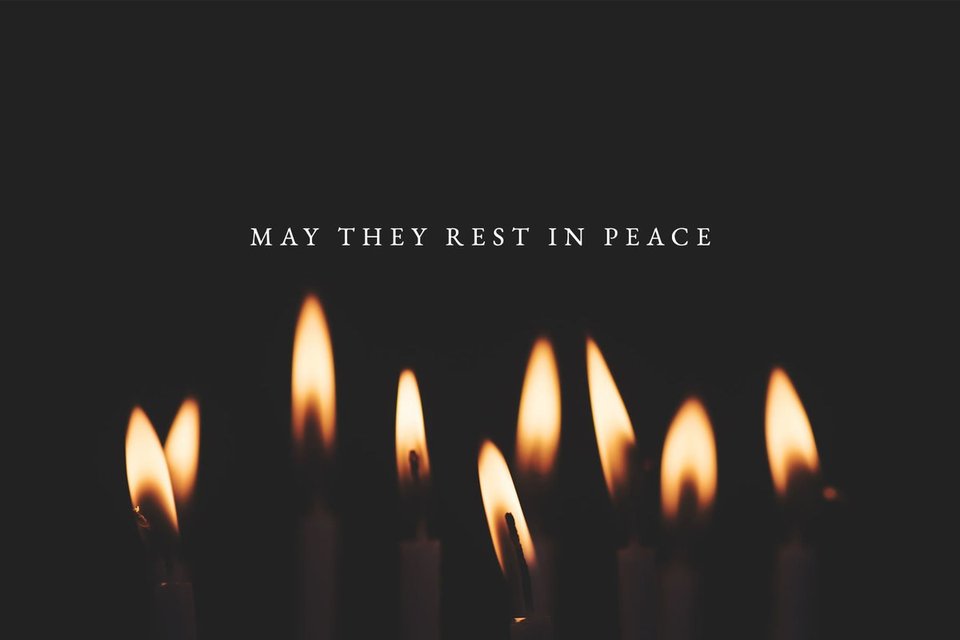(OSV News) -- Public events for each leg of the National Eucharistic Pilgrimage have been posted and registration for participation is open, event organizers announced April 10.
The 2025 Drexel Route, which begins May 17 in Indianapolis and ends June 22 in Los Angeles, will include eight young adult "perpetual pilgrims" traveling with the Eucharist across 10 states and 20 dioceses, which will host opportunities for prayer, Mass and Eucharistic adoration, charitable works and community fellowship. Events are free to attend but require registration.
Advanced registration is especially encouraged for the pilgrimage's final event, a Corpus Christi celebration including Mass, a Eucharistic procession and festival in the Archdiocese of Los Angeles, organizers said.
Speaking on an April 10 webinar, pilgrimage leaders -- including Bishop Andrew H. Cozzens of Crookston, Minnesota, who serves as chairman of National Eucharistic Congress Inc. -- shared details of this year's pilgrimage in the context of the National Eucharistic Revival, a three-year initiative of the U.S. Conference of Catholic Bishops that included last year's multi-route National Eucharistic Pilgrimage and its destination, the National Eucharistic Congress, which drew some 60,000 Catholics to Indianapolis. The next national congress is being planned for 2029.
With the second National Eucharistic Pilgrimage coinciding with the 2025 Jubilee Year of Hope, organizers wanted to underscore that theme of hope, Bishop Cozzens said.
"A big part of jubilees is pilgrimage," he said. "Pilgrimages are really at the heart of what the Jubilee is about -- pilgrimage always being that journey we make in the Christian life, but symbolized in these particular pilgrimages where we pray for conversion and for healing and for reconciliation, and, especially this year, for hope."
The pilgrimage will serve as a way for people in the United States to participate in the Jubilee Year, and participants will have an opportunity to receive a plenary indulgence, Bishop Cozzens said. "It gives it the same weight as if you go to Rome," he said.
According to church teaching, a plenary indulgence removes temporal punishment caused by sin.
Named for St. Katharine Drexel, an American heiress-turned-religious-order-foundress and its first U.S.-born citizen to be canonized a saint, the route stretches more than 3,340 miles. In addition to its 20 Roman Catholic dioceses, it also includes four Eastern Catholic eparchies.
Because of the pilgrimage's emphasis on hope and healing, several events will be held to pray for healing from national tragedies, including the Jan. 29 American Airlines Flight 5342 crash in Washington and the 1995 Oklahoma City bombing. In Los Angeles, organizers are working to finalize plans for a private procession with the perpetual pilgrims and families affected by January's Palisades and Eaton wildfires, which devastated 60 square miles and killed 29 people.
Like last year, several dioceses are finding creative and meaningful ways to engage with the pilgrimage. While some dioceses are planning boat processions, Bishop Louis Tylka of Peoria, Illinois, plans to fly in a helicopter with the Eucharist to bless his predominantly rural diocese. The pilgrimage will stop at a school in Kansas City, Missouri, founded by St. Katharine Drexel; a hospice care facility in Tulsa, Oklahoma; and a state prison in Fort Stockton, Texas.
The Drexel Route also offers stops at cathedrals, basilicas and shrines, and several touchpoints to several American saints or those who have causes for canonization, including venerables Archbishop Fulton Sheen in Peoria and Father Emil Kapaun in Wichita, Kansas, and Blessed Stanley Rother in Oklahoma City.
Organizers are expecting a large crowd for the pilgrimage's closing events on the feast of Corpus Christi in Los Angeles.
"I do think we could see as many as 10,000 people or more, and we're hoping to have a huge turnout for the witness of faith," said Sarah Houde, the NEC's vice president of events and operations, who spoke at the webinar alongside Bishop Cozzens and her colleagues Maria Benes and Kris Frank.
The pilgrimage comes at "an exciting time in the National Eucharistic Congress movement," Bishop Cozzens said. "We're excited about future National Eucharistic Congresses, we're excited about future National Eucharistic Pilgrimages, and we're excited about continuing to start the fire of evangelization and mission that's been so much of the heart of the Eucharistic Revival, this encounter and mission, and to bring that same movement forward to serve the church, hopefully for generations."









